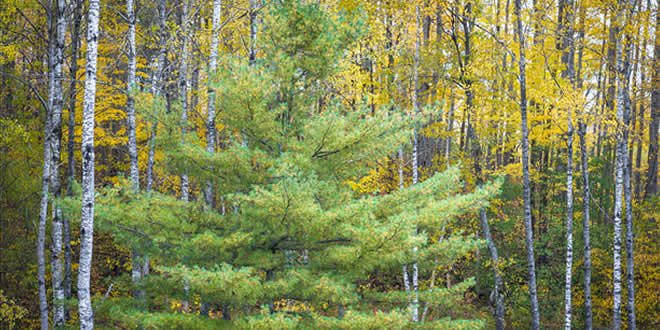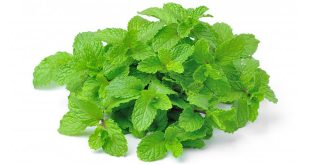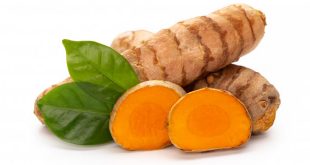| Kingdom: | Plantae |
| Family: | Pinaceae |
| Order: | Pinales |
| Genus: | Pinus |
Pine, Eastern White — Eastern White Pine (Pinus strobus) is a large pine native to eastern North America, occurring from Newfoundland west to Minnesota and southeastern Manitoba, and south along the Appalachian Mountains to the extreme north of Georgia.
It is a member of the white pine group, Pinus subgenus Strobus, and like all members of that group, the leaves (‘needles’) are in fascicles (bundles) of five (rarely 3 or 4), with a deciduous sheath. They are flexible, blue-green, finely serrated, and 5-13 centimeters (2-5 in) long, and persist for usually about 18 months. The cones are slender, 8-16 centimeters (3-6 in) long (rarely slightly longer) and 4-5 centimeters (1.5-2 in) broad when open, and have scales with a rounded apex and slightly reflexed tip. The seeds are 4-5 millimeters (3/16 in) long, with a slender 15-20 mm (3/4 in) wing, and are wind-dispersed. Cone production peaks every 3 to 5 years. Mature trees can easily be 200 years old and 250 is not unusual. Some white pines live over 400 years. A tree growing near Syracuse, New York was dated to 458 years in the mid-1990s and trees in Wisconsin and Michigan have approached 500 years in age. White pines prefer well-drained soil and cool, humid climates, but also grow in boggy areas and rocky highlands.
Pine resin has been used to waterproof baskets, pails and boats and the sap can be processed to make turpentine. In addition, the sap apparently has a number of quite efficient antimicrobials. The Chippewa even used it successfully to treat gangrenous wounds. Generally a wet pulp from the inner bark is applied to the wounds or pine tar can be mixed with beeswax or butter and used as a salve to prevent infection. Pine tar mixed with beer can be used to remove tapeworms (flat worms) or nematodes (round worms) and pine tar mixed with sulfur is useful to treat dandruff. Pine tar is produced by slowly burning pine roots, branches, or small trunks in a partially smothered flame.
 Kids Portal For Parents India Kids Network
Kids Portal For Parents India Kids Network







